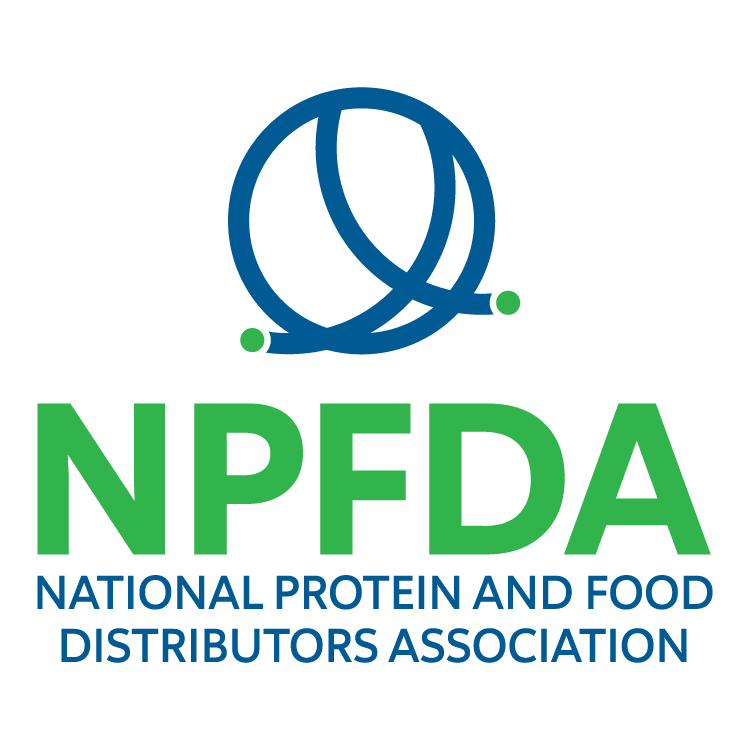How does USDA labeling differ from FDA food labeling?
How does USDA labeling differ from FDA food labeling?
Susan Glenn, EAS Consulting Group
Though both food products, USDA labeling is uniquely different from FDA labeling. While covering the full scope of regulations would require more time than can be answered simply, here are some brief facts to help you understand the differences.
- USDA does not require an allergen statement at the end of the ingredient statement.
- USDA requires all ingredients be listed by their common and usual name. Adding the allergen statement is voluntary but, if used, must follow all of the requirements of the Food Allergen Labeling and Consumer Protection Act (FALCPA).
- USDA does not require the type size of the ingredient statement and address line to be 1/16”. 9 CFR 317.2(b) states “Any word, statement, or other information required by this part to appear on the label must be prominently placed thereon with such conspicuousness (as compared with other words, statements, designs, or devices, in the labeling) and in such terms as to render it likely to be read and understood by the ordinary individual under customary conditions of purchase and use.” For poultry, the reference is 9 CFR 318.116.
- The New Nutrition Facts Panel formats for FDA are not required for USDA. On January 19, 2017 USDA published a proposed rule to revise the nutrition facts panel format and certain reference amounts customarily consumed (RACC) to be consistent with FDA nutrition facts panel formats and certain RACC changes. By the end of July 2017, USDA announced the purposed rule was placed on the inactive list of rules and could be re-introduced “at a later time.” Meat and Poultry companies have the option to use the new FDA formats but must adhere to all of the FDA regulations pertaining to the formats and RACCS.
There are many additional differences between USDA and FDA regulated products, with labeling a big concern and one which can be confusing if the nuances between USDA and FDA labeling and not well understood. For more information on USDA labeling contact EAS.
About the Author:
Susan Glenn works with EAS clients to ensure compliance with USDA and FDA food regulations. Her labeling expertise includes creation of nutrition facts panels, product standards, requirements and product specifications. EAS Consulting Group is a leading regulatory consulting firm working in USDA and FDA industries. With over 200 independent consultants, we assist clients with all regulatory requirements including safety, HACCP, labeling, import requirements, process claims such as organic and more.
